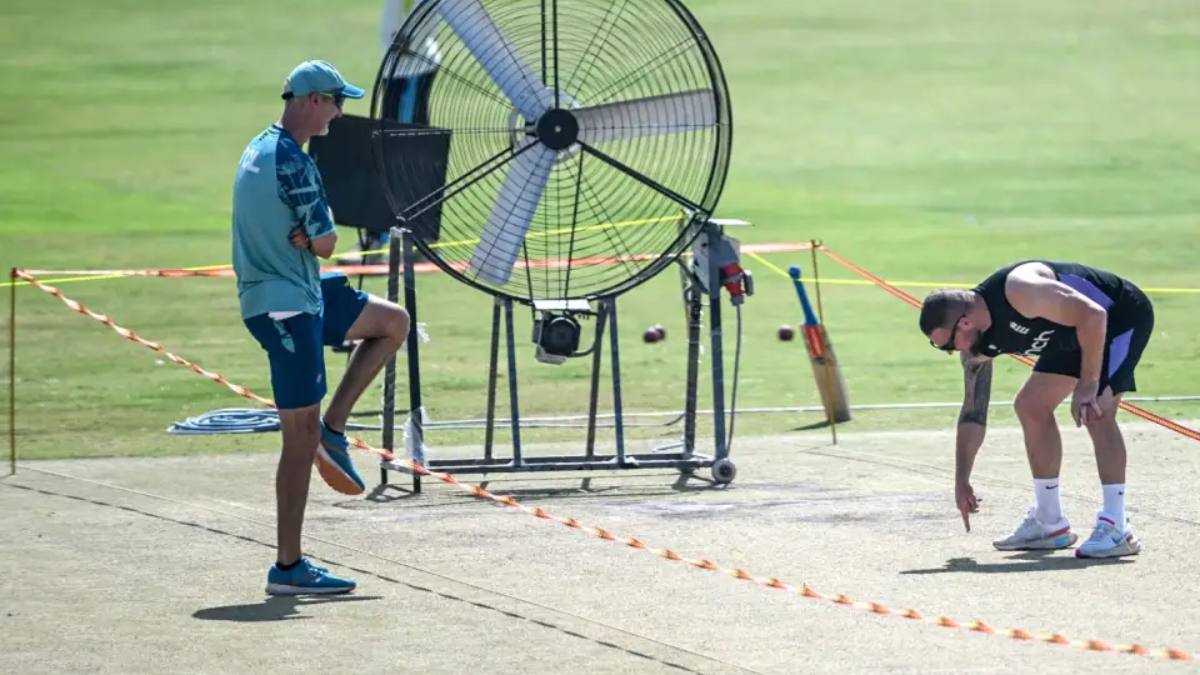The recently concluded three-Test series between Pakistan and England has grabbed eyeballs not only for the thrilling cricketing but also for the pitch conditions, which go on to play a pivotal role in determining the outcome of the series. The preparation of pitches by Pakistan for the series has come in for official praise as the International Cricket Council has rated all three test surfaces “satisfactory”.
Pakistan Clinches Series Win, ICC Rates Pitches “Satisfactory”
The pitches seem to have played a pretty key role in the victories for Pakistan, who won the series 2-1. The rating of 2.49 from the ICC takes into account the pitches for all three Tests and signals that the condition at which both teams had to play also contributed to the troubles they were going through together. After losing the first Test, the selectors of Pakistan – Aleem Dar and Aqib Javed – did make the right moves by significantly changing the surface for the second and third Tests.
First Test: Flat Surface Helps Smash Record Total
It was on that flatter surface that big totals were feasible. Pakistan’s 556 was well compensated by the 827 7 declared England made back, which is the highest total ever scored in Pakistan and the fourth-highest of all time in Tests. A huge second innings collapse wasn’t enough to save this one for Pakistan, as England won by an innings, but it did change things to come for Pakistan in regards to preparing the pitch for such a game.
Also Read: Will Pakistan Rise Again? Adelaide Oval Set For Crucial ODI Clash!
Strategic Shift: The Change In Tide For The Next Two Tests
The surrender allowed Pakistan to change its preparation of pitches dramatically. The new selection committee chose to resurface the same one that is to be used in the second Test in Multan with giant fans to dry it out. The Rawalpindi venue was traditionally not known for spin-friendly wickets, and Pakistan made abundant use of large fans and wedding-style heaters, making the surface even more conducive to spin bowling in the third Test.
Spin-Friendly Surfaces: A New Boom For Pakistan
It paid off in that regard as both Multan and Rawalpindi pitches offered sharp turns and uneven bounce, which favored the spinners. Pakistani bowlers made full use of the conditions, for all 40 wickets of England in the last two Tests were taken by the spinners. The second Test went down to the morning of the fourth day, while the third in Rawalpindi went down before lunch on day three.
ICC’s Thumbs Up: Defending Home Turf Advantage
While England had a testing tour, there was no proper public outcry over pitch conditions; Pakistan is on record to have claimed a right to prepare surfaces that gave them a home advantage after getting beaten in the first Test. The ICC graded the surfaces for both the second and third Tests as “satisfactory,” which is the lowest rating that doesn’t carry a demerit point.
The ICC grades pitches and outfields from “very good” to “unfit.” The definition of “satisfactory” means the surface was playable but not of conditions that would have allowed one team an unfair advantage. A rating of “unsatisfactory” entails one demerit point, and a rating of “unfit” incurs three demerit points. Five or more demerit points within five years incur a 12-month suspension from hosting international cricket.
Controversies Surrounding Pindi’s Pitch: A History Of Scrutiny
Rawalpindi’s pitch has caused controversy in the past. Last year in March, the surface was rated “below average”, which resulted in demerit points for the venue. This was when Pakistan played against England in a Test match. Nevertheless, the demerit point was removed from the ledger following an appeal.
Also Read: The Rise Of Indian Fast Bowlers: From Struggle To Dominance In Global Cricket













